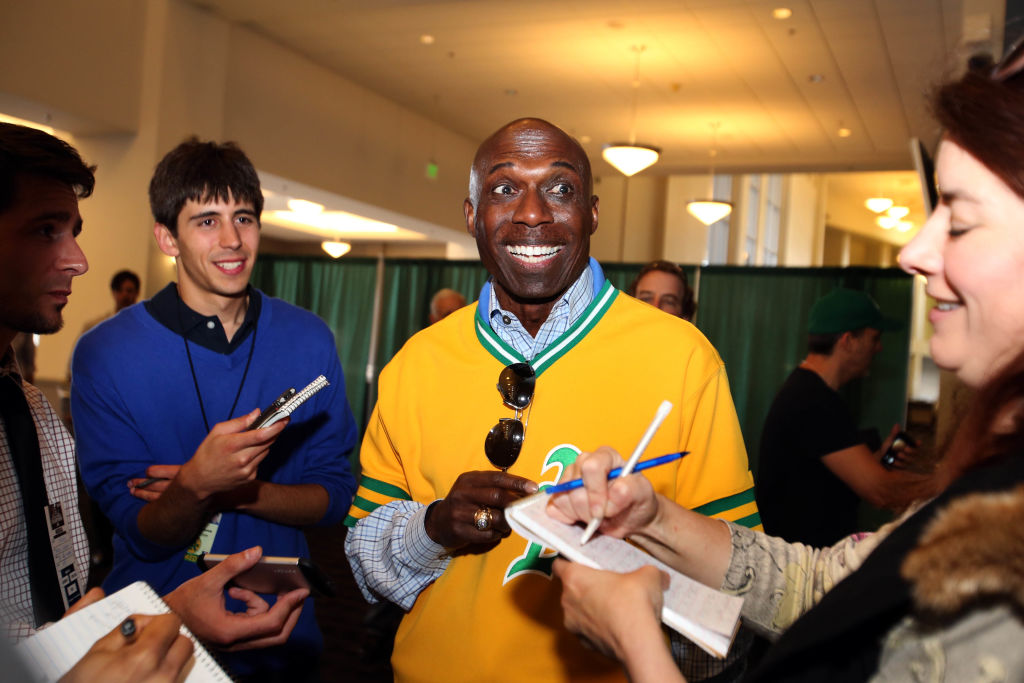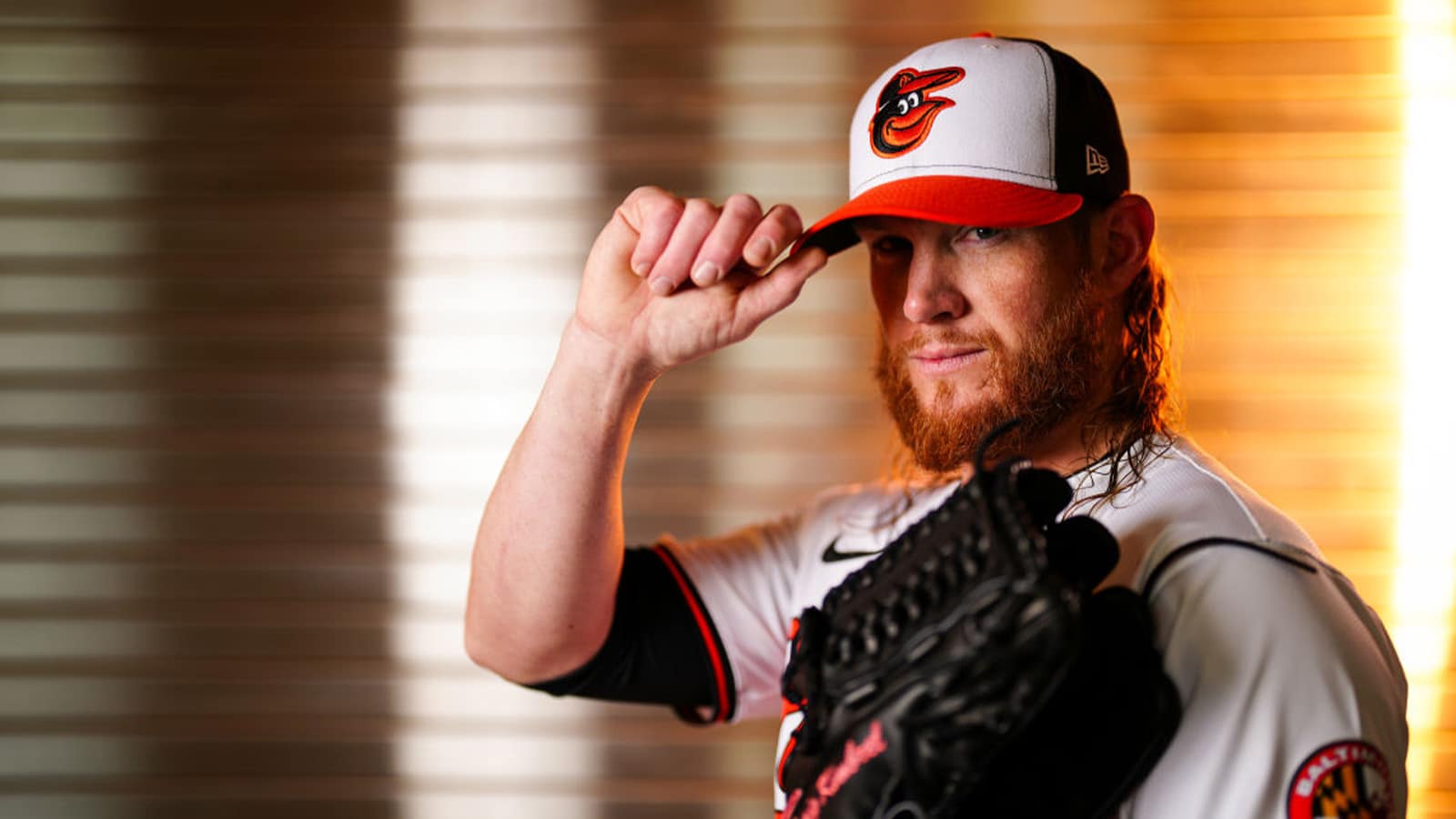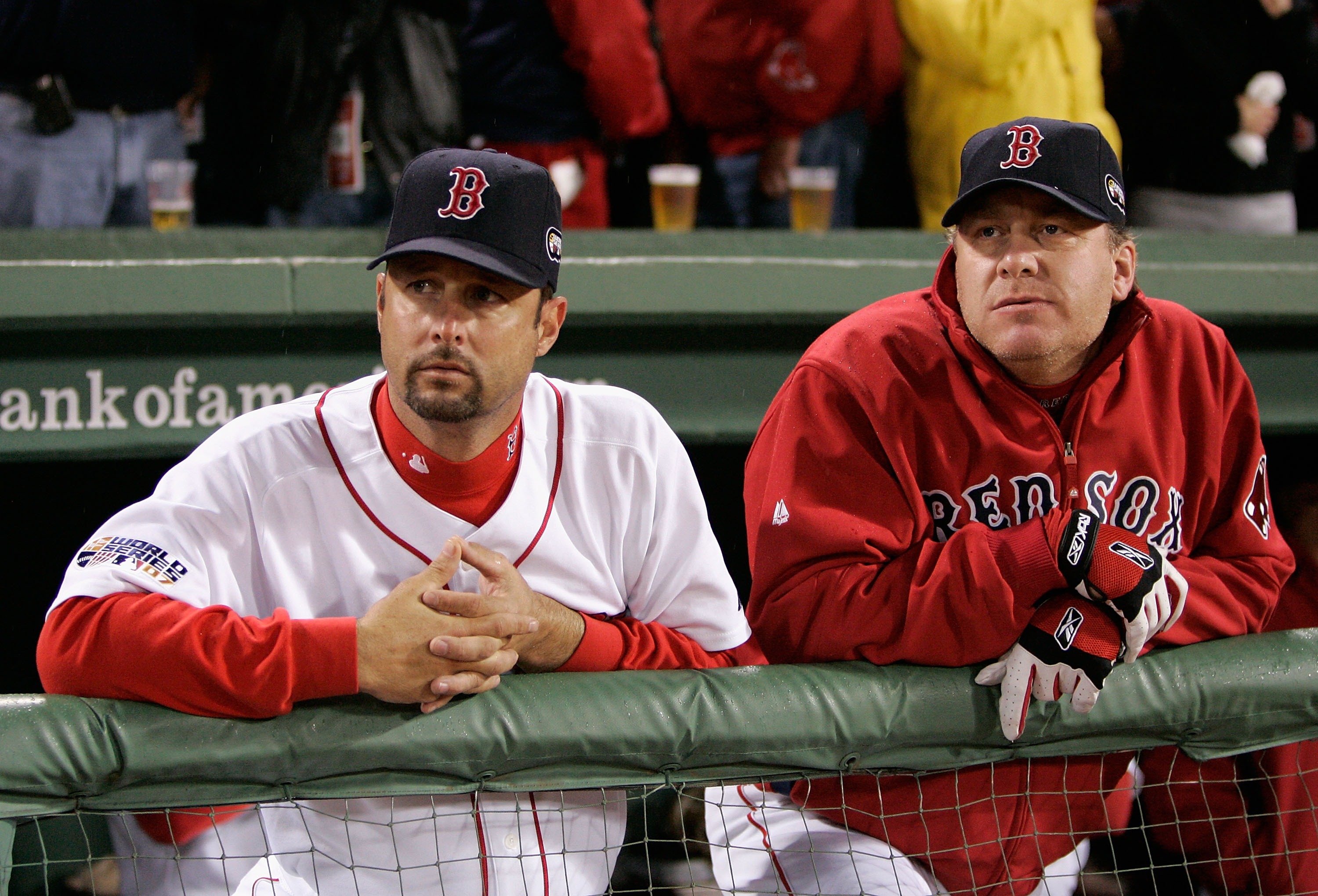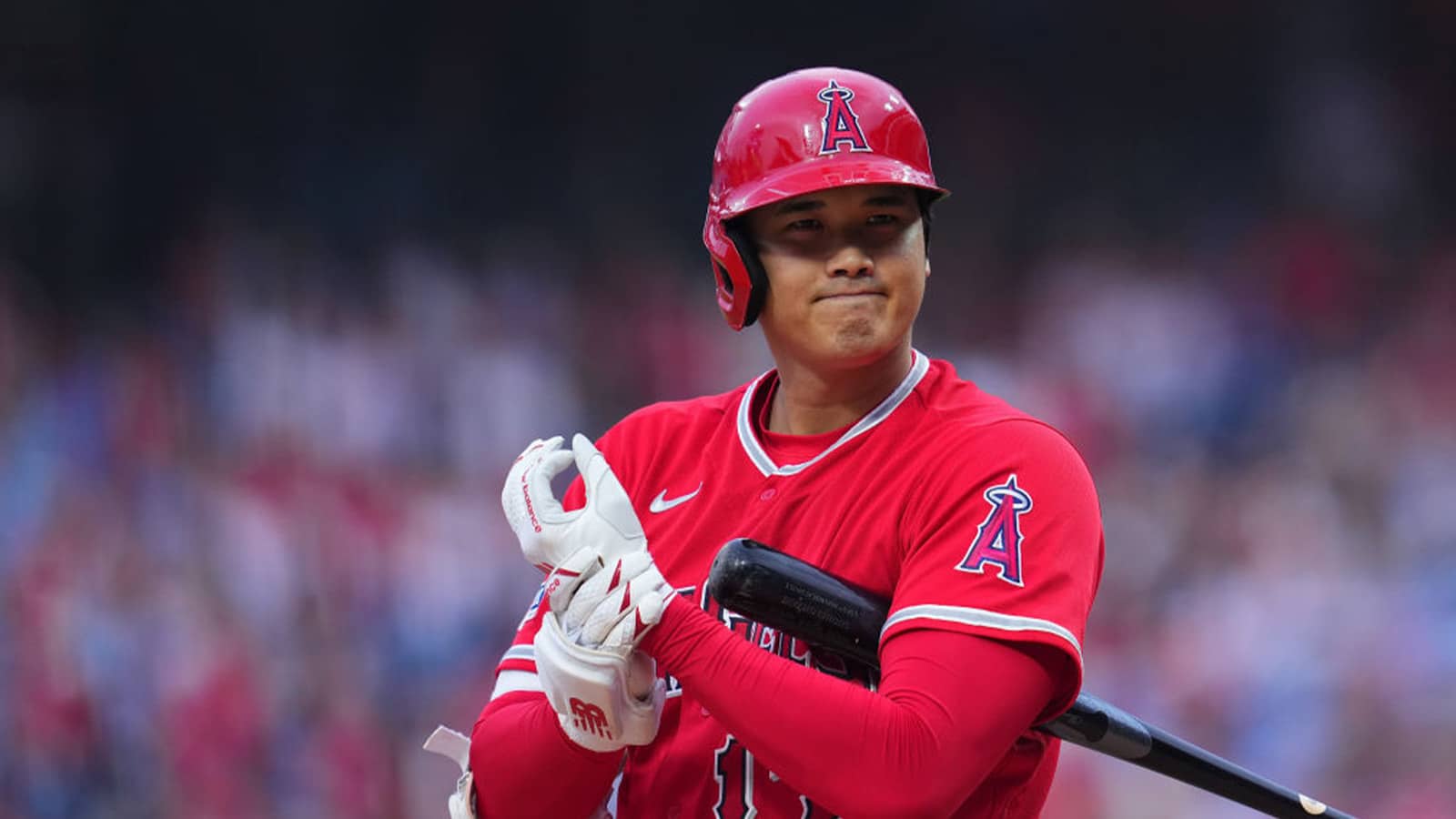
The Oakland A’s Once Had a Full-Time Designated Runner
Rickey Henderson stole 1,406 bases in his career, but keep in mind that he was a guy with blazing speed who got 600 plate appearances a year for much of his career and hit .279. If you want to see some off-the-charts statistics on the basepaths, look up the numbers for Herb Washington, baseball’s first and only designated runner.
Washington was one of Oakland A’s owner Charlie Finley’s pet projects and had the distinction of playing 105 career games in the major leagues without ever swinging a bat or donning a glove.
The Oakland A’s experiment with a designated runner
Oakland A’s owner Charlie Finley didn’t mind shaking things up when it came to the way baseball was played in the 1970s. He tried to convince fellow owners that orange baseballs would be easier for players and fans to follow. He also thought that walks should be issued after three balls instead of four and strikeouts recorded after two strikes instead of three in the interest of speeding up the game.
The American League adopted the designated hitter rule in 1973, but Finley wanted to take it a step further. He thought teams should also be able to employ a designated runner, someone who could replace teammates on the basepaths one or more times without the other player having to be removed from the game.
Finley tried pressing his plan in 1974 by signing world-class sprinter Herb Washington to a no-cut contract to serve exclusively as a pinch-runner. The experiment lasted until early in the 1975 season with Washington finishing with the craziest of career stat lines: 105 games, zero at-bats, 33 runs scored and 31 stolen bases.
Herb Washington had a speedster’s resume and a strange stat line
The Oakland A’s signed Herb Washington exclusively as a quasi-designated runner. They picked a pretty good candidate for the job even though Washington hadn’t played baseball since midway through high school.
Washington attracted the attention of college track coaches by running the 100-yard dash in 9.4 seconds. He enrolled at Michigan State, where he won seven Big Ten titles and an NCAA championship in the sprints and matched or broke U.S. and world records indoors in the 50- and 60-yard dashes.
The A’s were two-time defending World Series champions when Finley recruited the 22-year-old Washington for the 1974 season and sent him to renowned Los Angeles Dodgers base stealer Maury Willis for a crash course in running the bases.
Teammates liked Washington personally but were skeptical of using a roster spot for someone who couldn’t hit or play in the field. Still, he made an impression on the base paths in 1974, stealing 29 bases – but also being caught 16 times – and scoring 29 runs in 92 games.
Washington was caught stealing twice in the 1974 American League Championship Series and picked off first base by Los Angeles Dodgers pitcher Mike Marshall in the World Series, but the A’s went on to another title and Washington collected a full World Series share. The experiment ended with Washington being released early in the 1975 season after the A’s signed Don Hopkins and Matt Alexanders, speedsters who would also play outfield.
Herb Washington, however, had the presence of mind while still on the team to protect his legacy. He turned down Alvin Dark when the A’s manager offered several times to let him step to the plate as a pinch-hitter, knowing that there was more value in being remembered as a full-time pinch-runner.
Herb Washington’s life after baseball
Herb Washington was a talented athlete but hardly a one-trick pony, and his career after baseball was impressive. He briefly joined the pro track and field circuit after being released by the Oakland A’s and then worked in management for the phone company.
He became a McDonald’s franchisee in 1981 in Rochester, New York, and slowly acquired a string of restaurants in the fast-food chain, later moving his base of operations to Ohio and Pennsylvania and operating more than 20 McDonald’s locations.
Washington became active in local business and non-profit groups and was added to the New York State Athletic Commission in 1990. In 1992, he was named chairman of the Buffalo branch of the Federal Reserve of New York. He was subsequently named a director of the larger Federal Reserve of New York.



